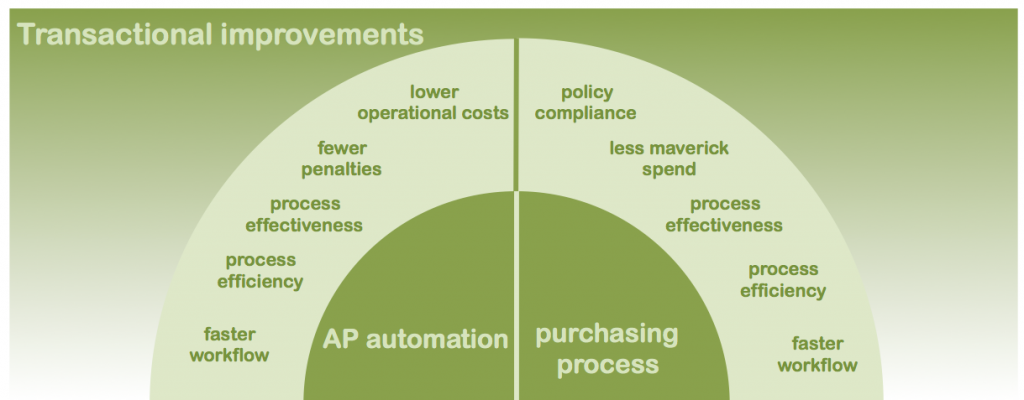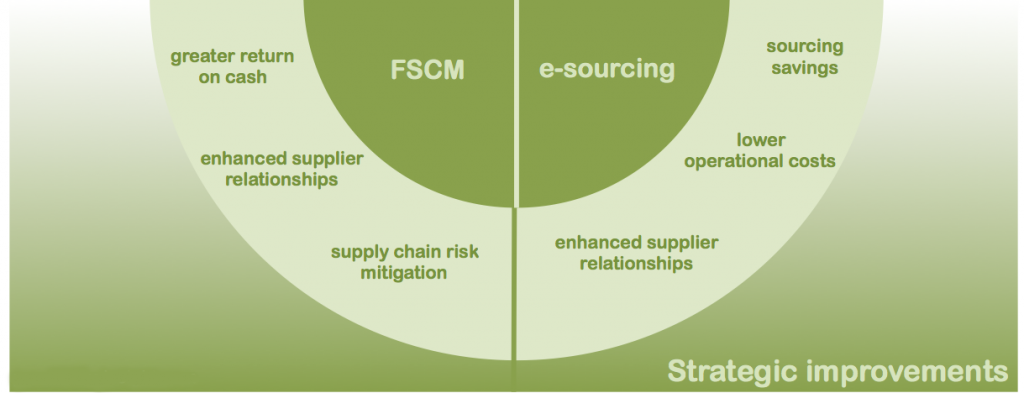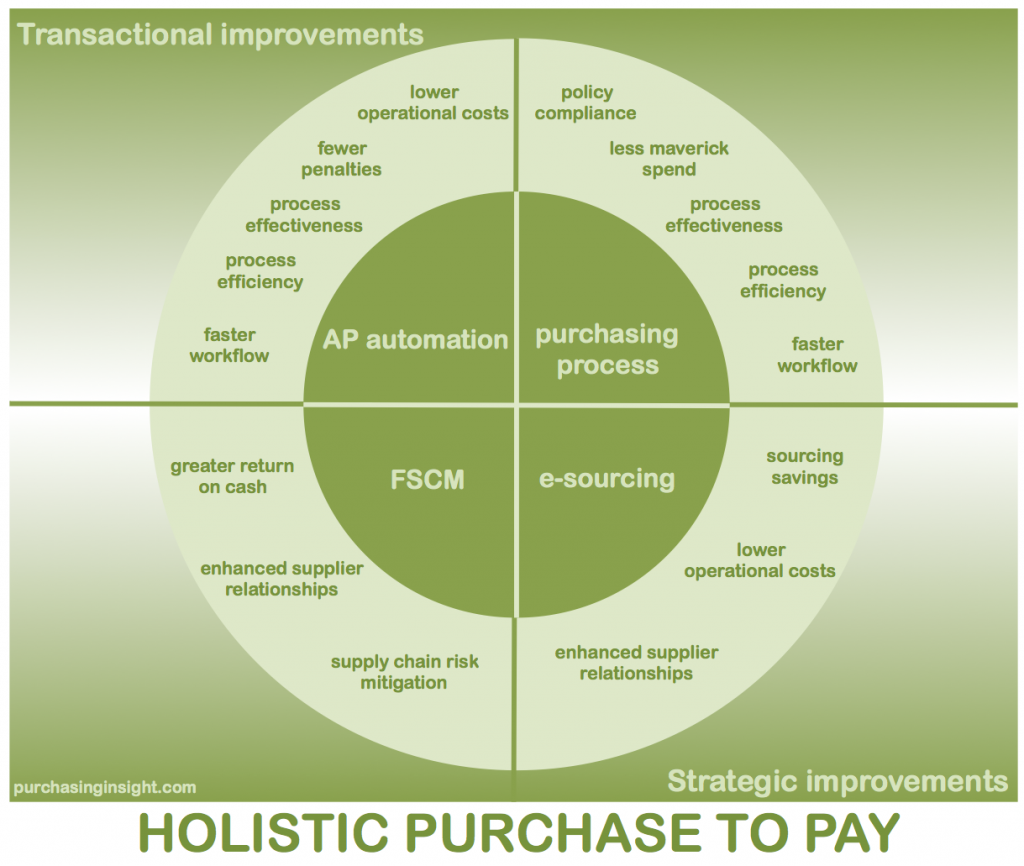10 Oct 2012 The EU Commission and the golden rules of purchase to pay – part 2 – purchase to pay priorities
The European Commission has declared some ambitious targets for e-procurement. They reckon that €2 trillion can be saved and they intend to get government organisations using purchase to pay best practice to deliver these savings by 2016. These targets are of course way too ambitious. What’s more, the Commission is going about it in completely the wrong way.
They may be ambitious and their methods may not be perfect but I’m impressed and delighted at what they’re doing.
 G K Chesterton famously said in his typical paradoxical style, “If something is worth doing it’s worth doing badly”. It is easy to sit on the sidelines and criticize – and I could – but my overriding view is that there’s too much at stake for the Europeans not to drive this initiative forward.
G K Chesterton famously said in his typical paradoxical style, “If something is worth doing it’s worth doing badly”. It is easy to sit on the sidelines and criticize – and I could – but my overriding view is that there’s too much at stake for the Europeans not to drive this initiative forward.
So it’s in a spirit of genuine support that I hope that the Commission will change a little in their direction and learn some of the lessons of experience in the private sector in order to move more quickly to deliver purchase to pay best practice.
Purchase to pay – learning the lessons of success and failure
As I understand the Commission’s plans, they plan to support and encourage the best practices in purchase to pay beginning with a set of e-sourcing tools and followed by e-procurement tools and finally payment. (The language the EU uses is a little out of kilter in my view. They refer to purchase to pay as “e-procurement” and even see e-invoicing as a subset of e-procurement. It’s a nomenclature thing. It’s confusing.) I can’t understand the logic of their approach. I can see that, conceptually, it makes sense to start at the beginning of a process and evolve through towards the completion but from a change management and benefits realization point of view, there’s a better way.
Purchase to pay priorities
There’s no one size fits all approach to purchase to pay. The priorities will be different from one organization to another depending on their objectives and their current state of P2P evolution. But P2P generally is mature enough now to be able to draw on the lessons of success – and failure.
Getting stakeholder buy in in the early stages is crucial. There are those that take the most difficult cases first in the belief that if you can crack them, the rest will be easy. Not a great idea. If your first attempts fail to impress because they don’t work or deliver too little benefit, stakeholders lose faith. That’s why going for the quick wins is so important.
Purchase to pay – Start by building transactional efficiencies
 On both the purchasing and finance sides of the house, the best place to start is transactional efficiencies. E-procurement (or e-purchasing) builds a more effective and efficient purchasing organization. It allows the delegation of purchasing process to the business freeing procurement professional to concentrate on strategic matters. But it’s not all about better processes – it delivers tangible savings. By giving end users supplier catalogs, approved contracts are put in their hands and they don’t need to think about purchasing policy. Maverick buying can be eliminated and serious savings can be generated by enforcing compliance to contract.
On both the purchasing and finance sides of the house, the best place to start is transactional efficiencies. E-procurement (or e-purchasing) builds a more effective and efficient purchasing organization. It allows the delegation of purchasing process to the business freeing procurement professional to concentrate on strategic matters. But it’s not all about better processes – it delivers tangible savings. By giving end users supplier catalogs, approved contracts are put in their hands and they don’t need to think about purchasing policy. Maverick buying can be eliminated and serious savings can be generated by enforcing compliance to contract.
Similarly on the finance side of the house. Introducing e-invoicing means that more invoices are matched automatically allowing AP staff to concentrate on the exceptions. Again, it’s not just about process efficiency, late payment penalties are reduced and supplier relationships enhanced.
These are highly visible financial benefits that win over the hearts and minds of stakeholders who will continue to support an holistic purchase to pay program. But they aint seen nothin’ yet!
Purchase to pay – strategic improvements
 This is where the big bucks are. The process efficiencies delivered by e-invoicing may be significant, but they pale compared to the potential benefits that Financial Supply Chain Management can deliver. Typically, if you analyze the cash locked in the supply chain of any organization – public or private sector, it can amount to as much as 2% of the value of spend. Similarly, e-sourcing tools can deliver far greater savings than the process efficiencies of e-procurement.
This is where the big bucks are. The process efficiencies delivered by e-invoicing may be significant, but they pale compared to the potential benefits that Financial Supply Chain Management can deliver. Typically, if you analyze the cash locked in the supply chain of any organization – public or private sector, it can amount to as much as 2% of the value of spend. Similarly, e-sourcing tools can deliver far greater savings than the process efficiencies of e-procurement.
Why then, if the benefits of the strategic improvement are so great, would you start with transactional improvements? The answer is simple. The strategic benefits are inaccessible without the transactional infrastructure. Unlocking cash from the financial supply chain, taking discounts for early payment for example, is only possible if payment processes are efficient enough to allow early payment. And great deals negotiated through auctions or other e-sourcing techniques are no use if the business wanders off on maverick spending sprees because they can’t access those great deals.
Holistic purchase to pay
While I began by claiming that the EU Commission was over ambitious, the saving potential of implementing truly holistic purchase to pay is enormous and there is a real opportunity to make a very significant improvement to the European economy.

Pete Loughlin can be found on twitter @peteloughlin


